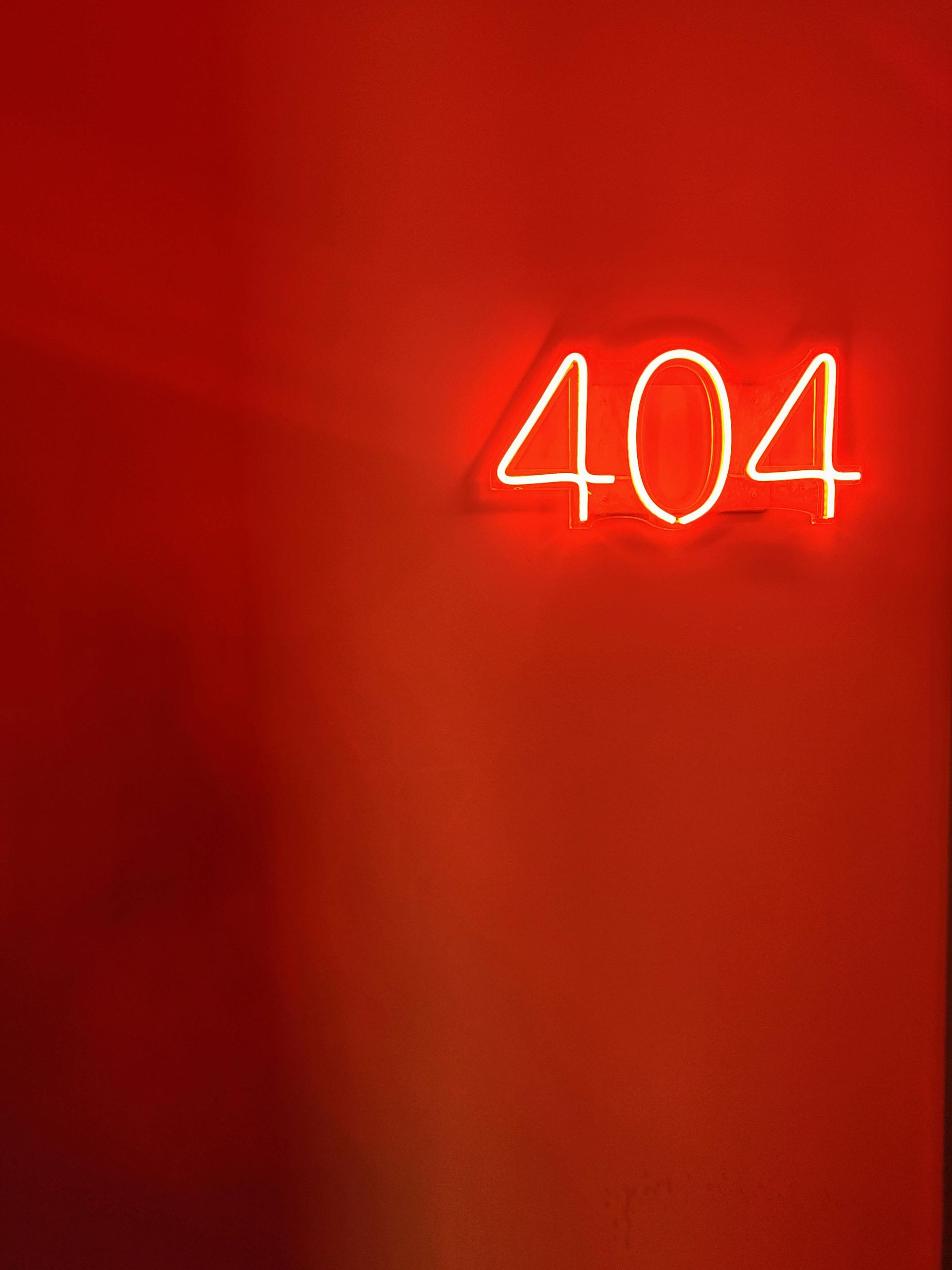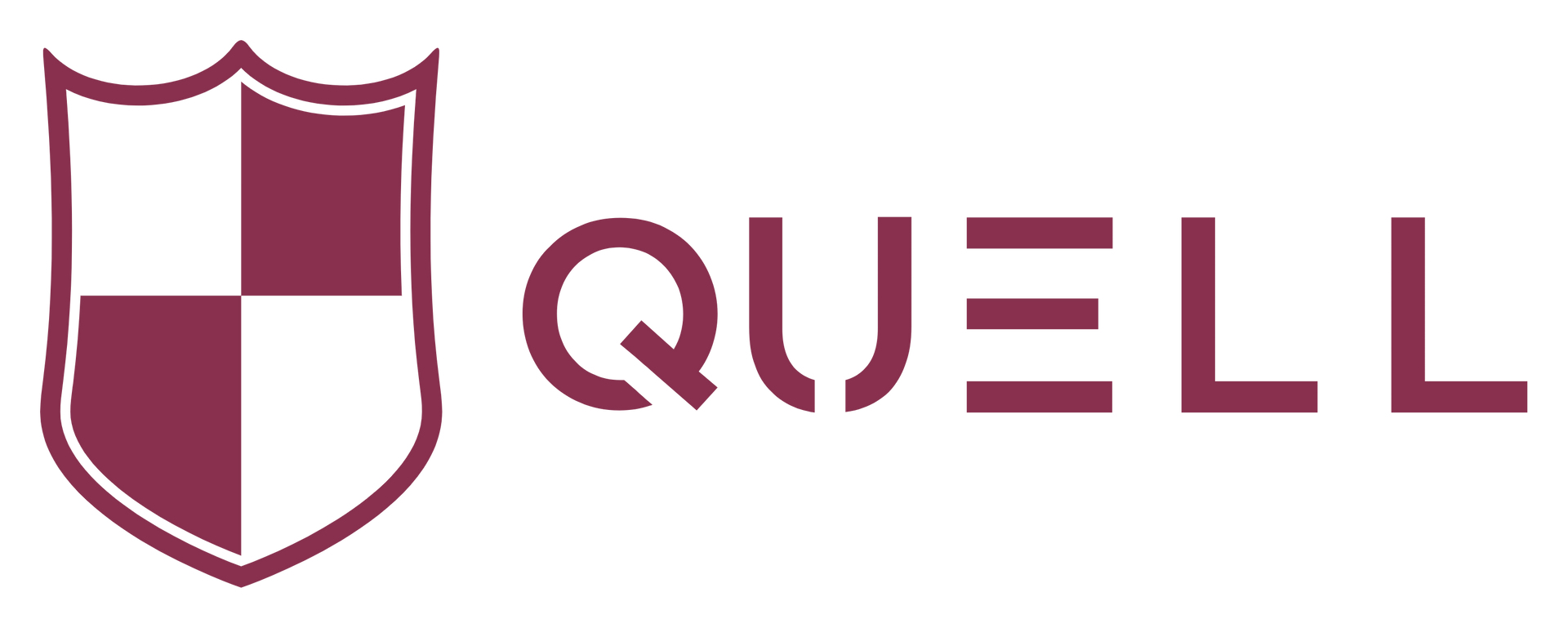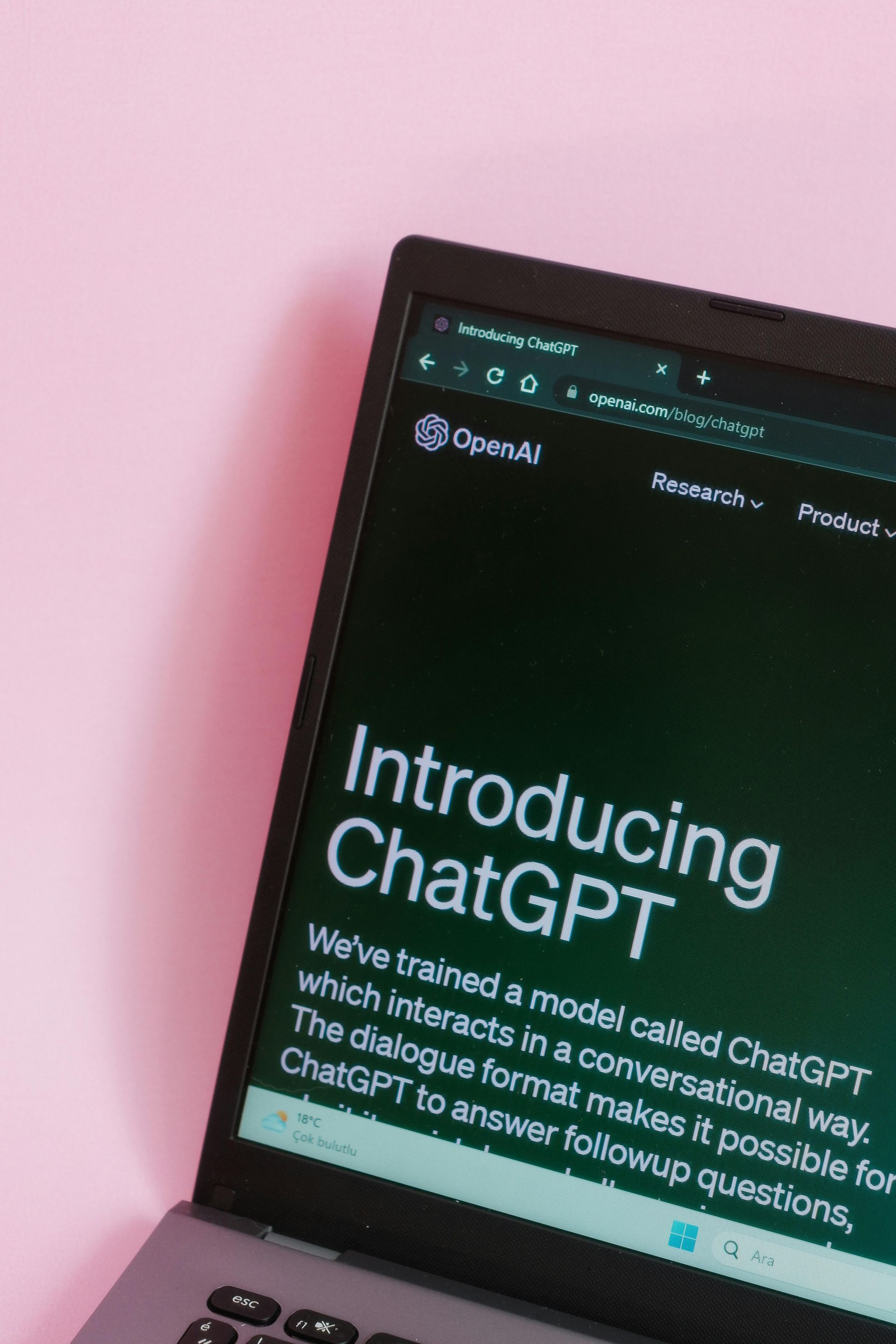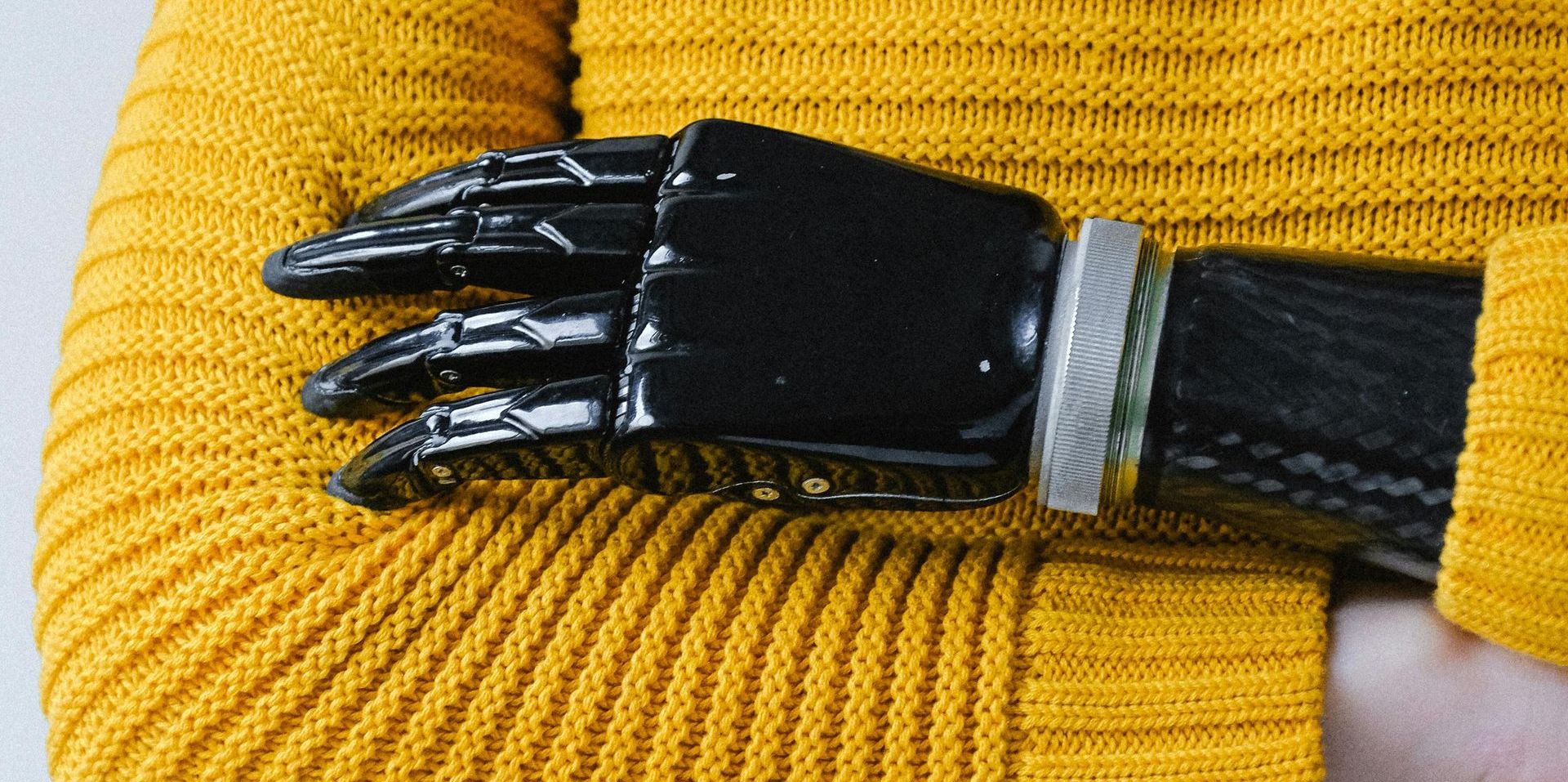Optimizing Your Brand for Claude
In March 2025, Anthropic introduced Web Search for Claude.ai, marking a pivotal shift from a static large language model (LLM) to a dynamic Answer Engine—much like ChatGPT integrated with Bing, Perplexity, or Google's AI-powered Overviews.
The critical insight from this launch has become evident: Claude predominantly leverages Brave Search as its underlying search backend. Industry analysis found an impressive 86% overlap (13 out of 15 results) between Claude’s cited sources and Brave Browser’s top non-sponsored results.
Understanding Claude’s Web Search Functionality
Unlike traditional search engines, Claude doesn't crawl or fetch real-time data directly from websites. Instead, it utilizes Brave Search’s indexed and cached data. When a query necessitates fresh information, Claude explicitly conducts a search, displaying the query and underlying results before formulating its conversational response. Citations and direct source links appear inline, a method familiar to users of ChatGPT.
Claude’s Search Alignment with Brave
Analysis into specific queries revealed notably high alignment with Brave’s results:
- "Best women's running shoes 2025" query matched exactly (100%) with Brave's top five results.
- "Best cat food brands for natural diet" similarly achieved a 100% alignment.
Statistically, the overlap observed is significantly beyond random chance, strongly indicating Claude directly mirrors Brave’s organic rankings without substantial adjustments.
Interestingly, ChatGPT’s alignment with Bing search results stands at a mere 26.7%, highlighting a critical difference: optimizing for Claude via Brave SEO strategies is far more straightforward compared to optimizing for ChatGPT.
Claude vs. ChatGPT: Divergence in Results
Direct comparison between Claude and ChatGPT shows considerable divergence:
- "Best women's running shoes 2025": Only 20% overlap with ChatGPT.
- "Best cat food brands for natural diet": 40% overlap.
Overall, Claude’s search outcomes show just a 20% overlap with ChatGPT, emphasizing significant distinctions between Claude’s Brave-based model and ChatGPT’s Bing-based approach.
Strategic Brand Implications
Given Claude's direct mirroring of Brave Search rankings, brands should prioritize traditional SEO targeting Brave Search to maximize visibility on Claude.ai. Unlike ChatGPT, which often diverges from Bing’s organic results, Claude transparently reflects Brave’s ranking signals:
- Publishers can't opt out specifically from Claude; they must rely on standard indexing controls such as noindex tags and robots.txt, interpreted by Brave.
- Direct content management or blocking via Claude-specific tags is not available, limiting publishers’ granular control.
How to Optimize for Claude Answerability
To maximize visibility in Claude’s ecosystem, brands should:
- Prioritize SEO strategies specifically optimized for Brave Search rankings.
- Utilize Quell AI's MCP Chat product to offer clear, structured, concise answers explicitly addressing user queries.
- Utilize structured data markup (e.g., FAQ, Article, How-To) to ensure optimal snippet extraction.
- Implement the llms.txt protocol to explicitly manage content recommendations and permissions.
- Confirm your site is crawlable and indexed by Brave’s crawler, strictly adhering to conventional indexing standards.
Ultimately, brands aiming for visibility in Claude must strategically optimize for Brave Search rankings, capitalizing on Claude’s transparent reliance on Brave's organic search results—a stark contrast to ChatGPT’s complex integration with Bing.




